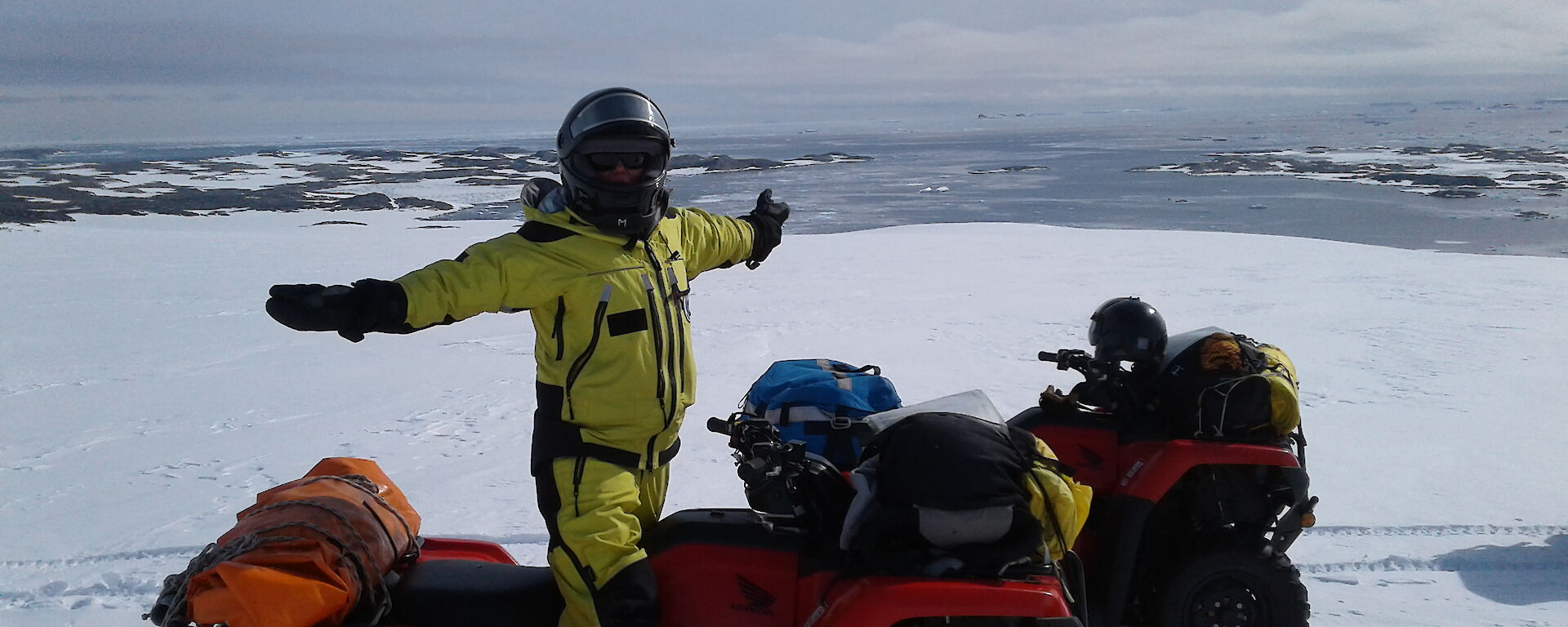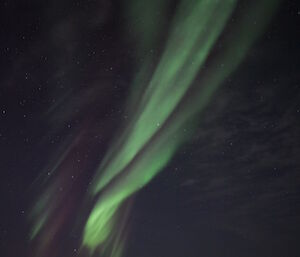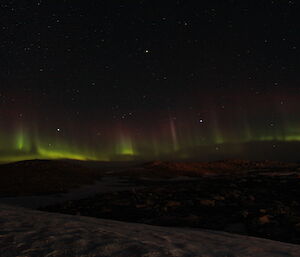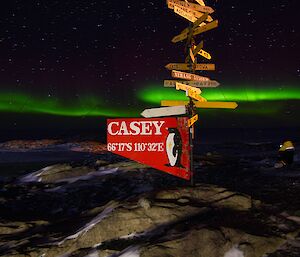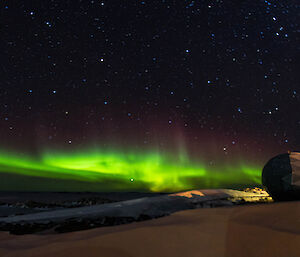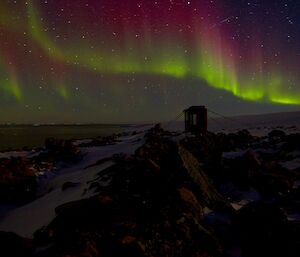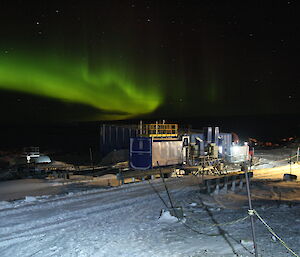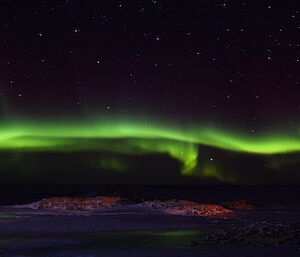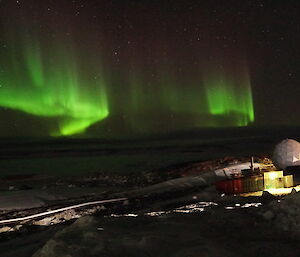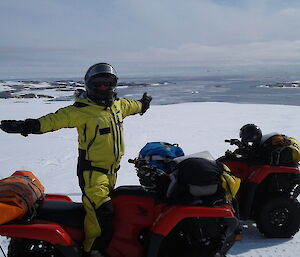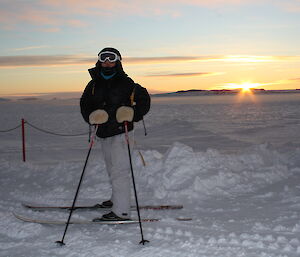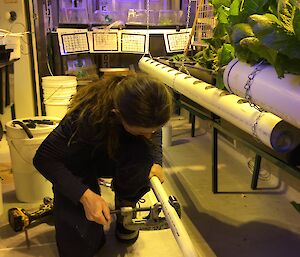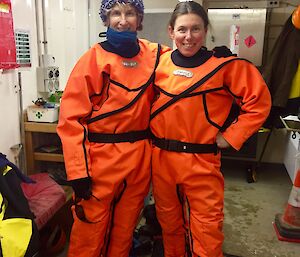An aurora, also known as Aurora australis in the southern hemisphere and Aurora borealis in the northern hemisphere, is a natural light display in the Earth’s sky. It is most commonly seen in the higher latitude regions, close to the Arctic and Antarctic.
What causes an aurora starts 150 million kilometres away with the Sun. The sun works as a thermonuclear reactor, turning hydrogen atoms into helium atoms, producing million-degree temperatures and powerful magnetic fields. In some places, strong magnetic fields push their way to the Sun’s surface, then eject outwards into space carrying hot gases and charged particles, also known as plasma. Known as solar wind, or sometimes as a coronal mass ejection (CME), these charged particles (electrons and protons) travel towards Earth at an incredible speed of up to 1584000km/h or 440km/second.
Just like the Sun, the Earth produces its own magnetic field. Our magnetosphere shields us from most of the Sun’s particles by deflecting them but some travel along Earth’s magnetic field lines and are funnelled into the Earth’s atmosphere at the poles, where the magnetosphere is weaker. When this happens, the electrons in the solar wind collide with oxygen and nitrogen atoms in the Earth’s atmosphere. These collisions, usually taking place between 60 to 300km above ground, cause the oxygen and nitrogen to become excited. When this happens, energy is released in the form of particles of light, known as photons.
This glow is known as the aurora. The colour of an aurora depends on which gas the electrons and protons collide with and the amount of energy that is being transferred. The quicker the collision, the more photons released and hence the brighter the colour. Green (at lower altitudes) or red (at higher altitudes) in the sky indicates oxygen molecules are being hit whereas nitrogen molecules emit a blue/violet light. The appearance of the aurora is defined by the changing flow of charged particles and the varying magnetic fields. They are often described as sheets or curtains.
On station, those interested in viewing auroras can subscribe to an aurora alert hotline. When someone sees an aurora, they dial a number which in turn calls everyone on station that has subscribed to the hotline.
Tanya

